Climate Action – Engage & Take Action Lesson Plan 3
Possible Subjects: Geography, Science, English
Years: 7-12
Lesson: 3 of 3
Learning Outcome
Learning to work together as a group to present potential solutions to climate change related challenges that farmers face in Australia.
Lesson Overview
In the previous lessons, we discussed the impact of climate change on a global scale as well as the direct consequences in Australia.
Around the country, more and more farmers are facing challenges as a direct consequence of climate change, and are trying to adapt.
This lesson focuses on finding potential solutions to climate change related challenges faced by an Australian Farm Hand and member of the Young Farming Champions called Katherine. Students will explore a case study and create potential solutions as a group. The case study and profiles are based on real life experiences of people in these roles across Australia.
Note to Teachers
The structure for this lesson is designed to be approached differently to the previous lessons, depending on the time frame that is available to the teachers and schools.
To allow for maximum creativity, we would suggest that, at minimum, this lesson be split into 3 sections, as follows:
- Part 1: Teacher input: An introduction to the case study.
Approx 45 minutes to 1-hour.
- Part 2: Students work on case study, including:
- Research time
- Plan for case study response
- Creation of final project presentation
See time frame explanation below for more information.
- Part 3: Presentation of projects.
See time frame explanation below for more information.
Time Frame Information for Parts 2 and 3: As a teacher, the time frame for these elements are open to your choice. They can take place over the course of a day or a week or more.
The key here is that you can choose how much time you give students to be creative and to explore, research and create solutions that are founded in a deep understanding of the issues.
Part 1 – Tuning In – ‘What do students know about climate action?’
WATCH & REFLECT: Climate change impact on rural Australia
Introduction
- Show the class the following video:
- Ask the class the following questions:
- Can you think of any rural industries that are being affected by climate change in Australia?
- What do you think their current and future challenges could be?
DISCUSS: Introducing the Young Farming Champions
- Ask the students the following questions:
- Have you heard of the Young Farming Champions?
- If so, what do you remember about the organisation?
- If not, who do you think they are?
- Introduce the YFC to the class by describing the organisation, its role and missions. You can also show the YFC’s website to the students. For more information on the YFC, take a look at the teacher’s resources document.
Part 2 – Finding out – ‘Students investigate, research & plan’
Guided Practice
EXPLORE: Case study part 1 – The impact of climate change on St Enochs Farm
- Introduce the following case study to the class and ask the students to read it individually.
Independent task
REFLECT: Challenges and solutions
- Split the class into groups and ask each group to answer the following questions:
- What are the main issues that Katherine has been facing in the past years?
- How could you link these issues to what you have previously learnt about climate change?
- In your opinion, what could be done to overcome these climate related challenges? Please provide at least 3 potential solutions that you could present to Katherine for her to apply and use to face these challenges in the future. Your group may use any resources at your disposal.
Part 3 – Plenary & conclusion
DISCUSS: Solutions
- Ask each group to present their findings to the rest of the class
- Ask the class to select the 3 solutions that they think would be the most beneficial for Katherine to implement on the farm.
This second part of the case study is recommended to give the students a full understanding of the situation at St Enochs Farm and give them an opportunity to review the solutions they want to present to YFC.
EXPLORE & DISCUSS: Case study part 2 – Solutions implemented at St Enochs Farm
- Present the students with the solution part of the St Enoch case study, and ask them to review it.
- Ask the class the following questions:
- Knowing what you now know about the solutions already implemented by Katherine and her family, do you think the solutions you came up with as a class will be helpful?
- If yes, make your case! (take the students to the optional presentation activity below)
- If not, discuss as a class and come up with new solutions to present.
Part 4 – Presentation to YFC
PRESENTATION: Make your case!
The delivery mode of these case study’s findings will vary depending on the resources available to your class and the possibilities and opportunities offered by your school.
The presentation should focus on:
- Involving your local community
- Involving the Young Farming Champions (YFC)
- Encouraging the student’s creativity
Some examples of possible delivery modes include:
- Organising an assembly at school with YFC
- Recording a video and send it to YFC
- Creating digital posters
- Creating some original artworks (paintings, collages, songs, etc.) and organising an exhibition and invite your local community
- Creating a blog or website relating the class’ experience and findings
Extra Activities
DISCUSS: Wrap up questions
- Ask the students the following questions to discuss as class/in small groups/in pairs:
- What surprised you today, and why?
- What’s the most important thing you learned today?
- What do you want to learn more about, and why?
- When were you the most creative, and why do you think that is?
- What made you curious today?
Additional homework activity
READ & REFLECT: Markwell Farm case study
- Ask the students to read the following interview of Simon Gedda, owner of the Markwell beef cattle Farm in Queensland.
- Ask the students to individually write their answers to the following questions:
- Do you see any similarities between the issues faced by Katherine and Simon?
- What do these challenges have in common?
- Are there any solutions that you have previously provided for Katherine that could be useful on Simon’s property?
- Do you think any of the solutions implemented at Markwell could be applied on Katherine’s property?

